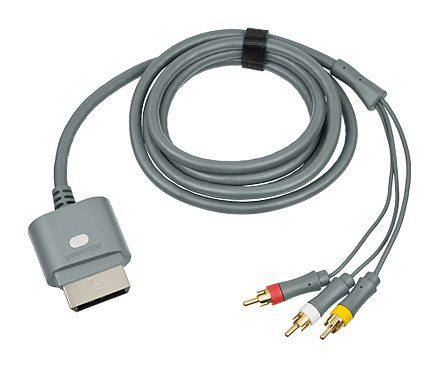Understanding connectors: RCA connector
The RCA connector is an electrical connector consisting of a male plug (RCA plug) and a female jack (RCA jack) used to transmit audio and video signals. It is named after the American Radio Corporation, which introduced this design in the 1930s. Its original use was to connect phonograph turntables to radio receivers, so it is also called an RCA phono connector.
RCA connectors are inexpensive to produce and easy to install. They are used to transmit video and audio signals as well as digital S/PDIF (Sony/Philips Digital Interface) signals. Because they are susceptible to electromagnetic interference (EMI), they are only used for short distances. Using separate cables for each signal or using shielded cables can mitigate EMI to some extent.

RCA jacks are commonly used to connect audio equipment to the phono input of a preamplifier, mixer, or amplifier.
Originally introduced as a built-in connector, by the late 1930s RCA moved the female connector to the rear panel of tabletop AM radio models, allowing customers to easily connect an external phonograph or television. The connector was labeled Victrola, Phono, Pick-up, or Television, and later 45RPM. In the 1950s, when component hi-fi systems became popular, RCA connectors began to replace older quarter-inch phone connectors in other consumer audio applications.
RCA connectors have been used as DC power connectors, RF connectors, composite video signal connectors, and for transmitting digital audio in S/PDIF format.
RCA Connector Design Notes
How to connect: Insert the plug of the cable into the socket on the device.

Color Coding: Plugs and jacks are color coded to simplify connections for the consumer. Most commercial products use standard colors (see below). Variations are acceptable as long as the cable is compatible with the application (e.g., 75 ohm impedance cables for video and S/PDIF), and in many cases the color scheme has been simplified.
- Composite analog video –
- Analog Audio – White, red, black, yellow, green, blue, gray, brown, tan and purple depending on function.
- Stereo audio – red for right channel; white or black for left channel (usually located on the back of audio and video equipment). Televisions have multiple units to allow additional connections to portable video sources (such as camcorders) and video game consoles.
- Digital Audio S/PDIF – Orange
- Component analog video (YP B P R ) – green, blue, red
- Component analog video/VGA (RGB/HV) – red, green, blue, yellow, white
Standards: The cable should comply with the S/PDIF specification defined by the international standard IEC60958-3 to ensure performance.
Dimensions: The male plug has a center pin diameter of 3.175 mm (1/8″) and is surrounded by an outer shell diameter of 8.25 mm (1/3″)
Ground Problems: The signal-carrying pins extend out of the plug and often make contact with the jack before the ground ring makes contact. If the audio components are powered when connected but have no common ground, a loud buzzing or humming sound can result. If the ground connection is broken because the plug is partially disconnected from the jack, the ground connection is broken but the signal is not cut off, and a constant noise may result.
Other Names: RCA Phono Connector, Phono Connector, Cinch Connector









